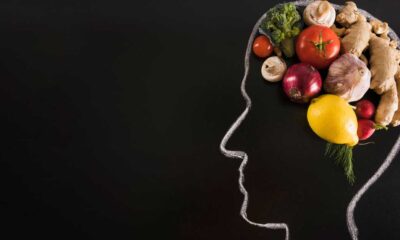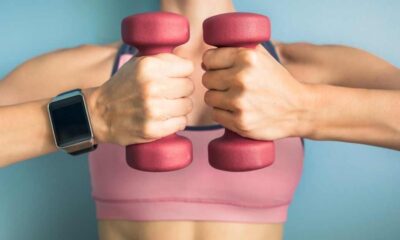Lifestyle
Iron Deficiency Treatment in Young Women
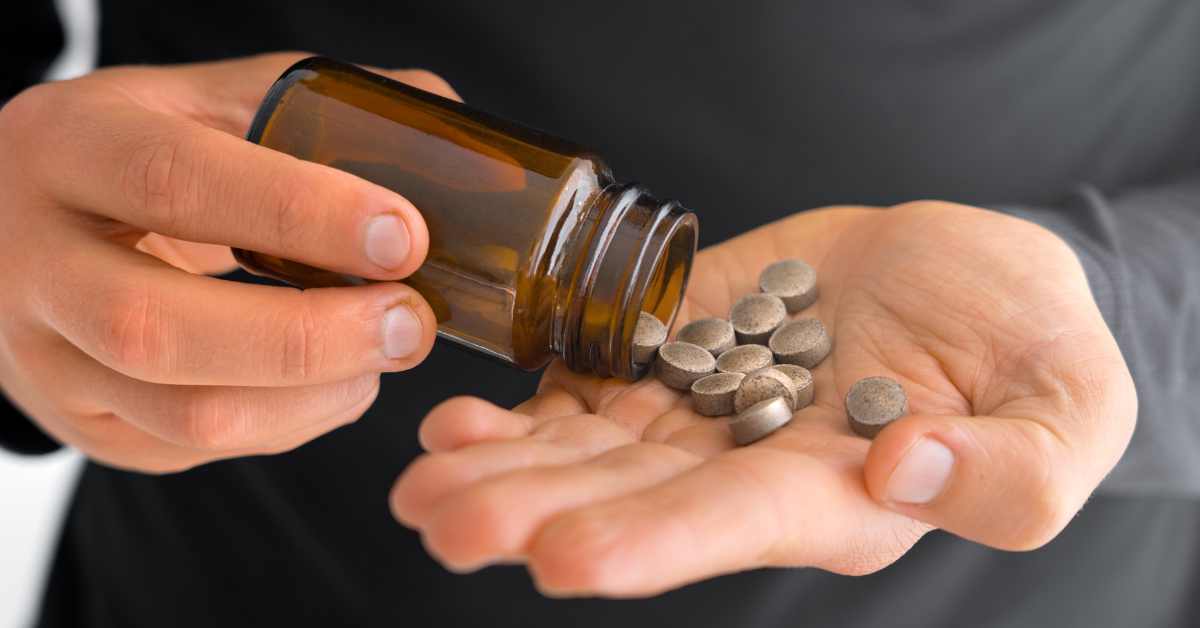
Young women with iron deficiency without anemia frequently go undetected, and when they are, the usual medication is frequently linked with low compliance because of its negative effects. Iron deficiency is a common dietary problem, even in wealthy nations.
Women frequently experience it, particularly those who experience excessive monthly flow. Iron deficiency anemia can develop if iron levels are substantially depleted.
Many young females are not evaluated for iron deficiency in primary care visits, despite the fact that between 9 and 11% of teenage girls are reported to have the condition.
Recent publications from Nationwide Children’s Hospital researchers on the diagnosis and care of iron insufficiency without anemia.
The general public has the misperception that an iron shortage is only clinically meaningful in an anemic patient. But iron deficiency impacts more than only the hematologic system, according to Sarah H. O’Brien at Nationwide Children’s. “Iron deficiency can still result in fatigue, headaches, and problems with cognition and concentration even in the absence of anemia.
Therefore the objective of a physician must be to raise awareness of iron deficiency even without anemia and they should frequently evaluate menstruating young women for this disease.
The Centers for Disease Control and Prevention suggests having a hemoglobin test to identify iron deficiency for anemia.
This is typically performed via complete blood count (CBC) or point-of-care HB measurement. But unfortunately, both these tests fail to diagnose iron deficiency without anemia.
Dr. O’Brien found in one of the experiments that individuals solely with iron deficiency were 41.4 percent and 46.3 percent with CBC. Therefore, she suggested having a serum ferritin routine to get exact results about iron deficiency in young women.
Oral iron supplements for young women are the most popular type of treatment for iron deficiency. However, due to widespread gastrointestinal side effects such as constipation, diarrhea, vomiting, and nausea, non-adherence to treatment is significant. Intravenous iron infusions are a more direct alternative therapy.
Intravenous iron may help us manage this condition better because it allows for quicker and more efficiency. However, it is more invasive and more expensive. But in the end, quality of life is what counts most to patients and their families, so when required, you shouldn’t have the hassle of taking intravenous iron.
It is recommended for individuals to have heavy blood loss in surgery or undergo traumatic events. Also, cancer patients and people with gluten intolerance must opt for this instant iron-boosting option.
Why Iron Supplements for Young Women’s Health?
For us to survive, iron is necessary. Hemoglobin, which enables red blood cells to carry oxygen throughout the body, is primarily made up of iron. It is also crucial for cell division, growth, and differentiation and for the production of hormones, neurotransmitters, and amino acids. Yes, iron is a priceless mineral.
Small children and young people need enough iron to stay healthy. Young females have a monthly menstruation cycle and bear children— which eventually elevate the iron requirement of their body. This high demand cannot be met just by consuming natural edibles; that’s why physicians suggest young women take iron supplements.
The iron pills and tabs consist of readily absorbed iron that instantly boosts its level in your body. And get you rid of fatigue, giddiness, and poor immune function.
What are Good Dietary Sources of Iron?
The only way your body can obtain iron is by absorbing it via the food you consume or, if necessary, by taking a supplement. Heme iron & non-heme iron are the two types of dietary iron. Heme-iron has a higher biological availability than non-heme iron.
Simply put, your body has a tougher time breaking down and absorbing this mineral version. For most people, maintaining their iron levels is as simple as regularly consuming heme iron sources such as meat, fish, and chicken.
Leafy greens, legumes, and fortified meals contain non-heme iron, which is more challenging to digest. Even though they are generally good for you, your body has a hard time getting iron from certain meals.
The good news is that taking vitamin C along with your non-heme iron actually aids in your body’s absorption of this crucial ingredient, so don’t go tossing veggies just yet. When you next consume spinach, consider topping your salad with some lemon juice! An enjoyable and wholesome method to obtain iron!
A Final Verdict
Hope you now understand why iron supplements are vital for the good health of women. What are you waiting for? Find the best iron alternative for yourself by discussing it with your doctor.
-
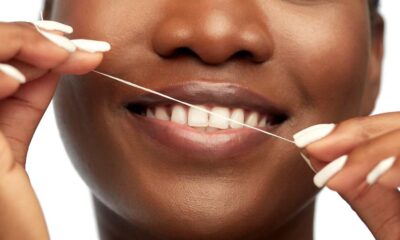
 Lifestyle3 months ago
Lifestyle3 months ago7 Daily Habits to Elevate Your Dental Care Routine
-
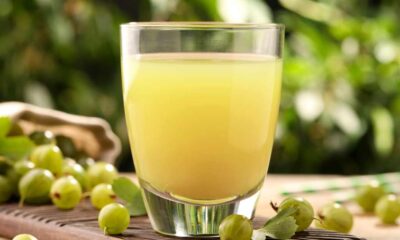
 Lifestyle3 months ago
Lifestyle3 months agoBenefits Of Amla Juice For Weight Loss
-

 Growth2 months ago
Growth2 months agoThe Hero’s Journey: Transformative Questions for Success?
-
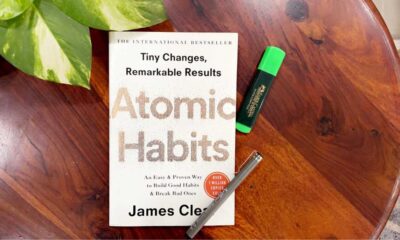
 Books2 months ago
Books2 months ago10 Life-Changing Lessons from ‘Atomic Habits’ by James Clear
-

 Astrology3 months ago
Astrology3 months agoDiscover the Allure of a Natural Neelam Stone
-

 Mental Health3 months ago
Mental Health3 months agoBenefits of Undergoing Genetic Testing for Mental Health
-

 Relationship3 months ago
Relationship3 months agoMemorial Tree for a Beloved: Celebrate the Legacy of a Life
-
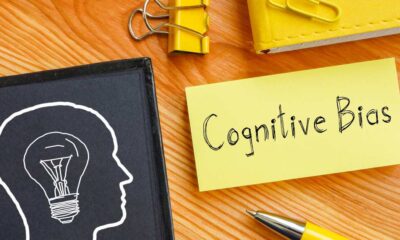
 Growth2 months ago
Growth2 months agoHow Cognitive Biases Affect Our Decision-Making Process



